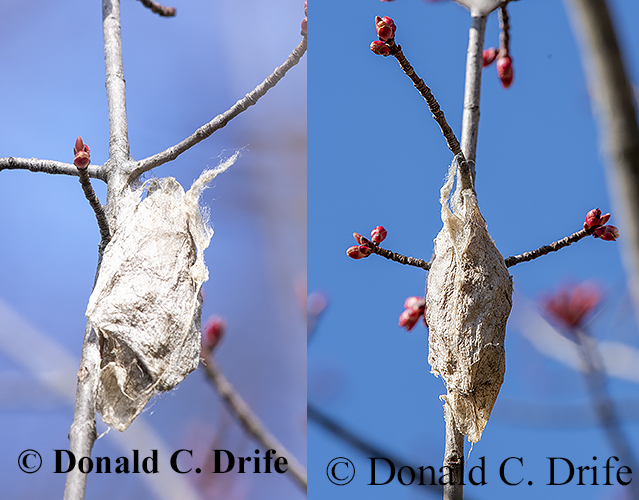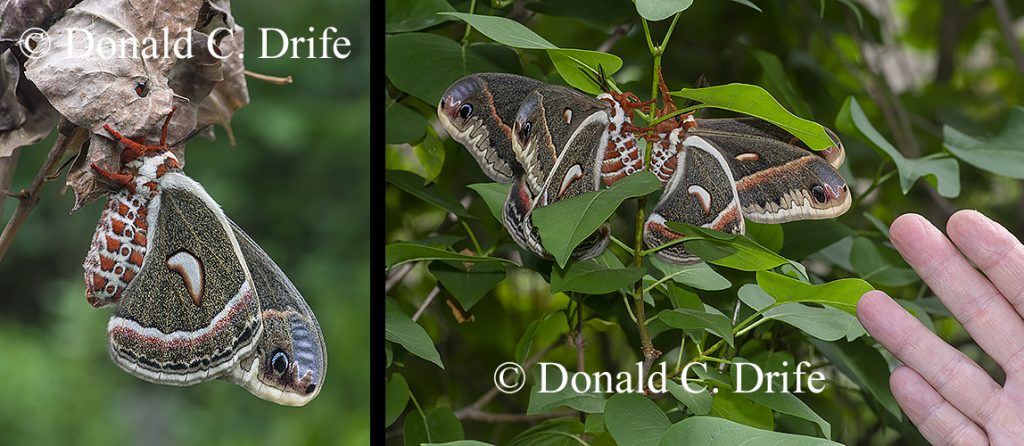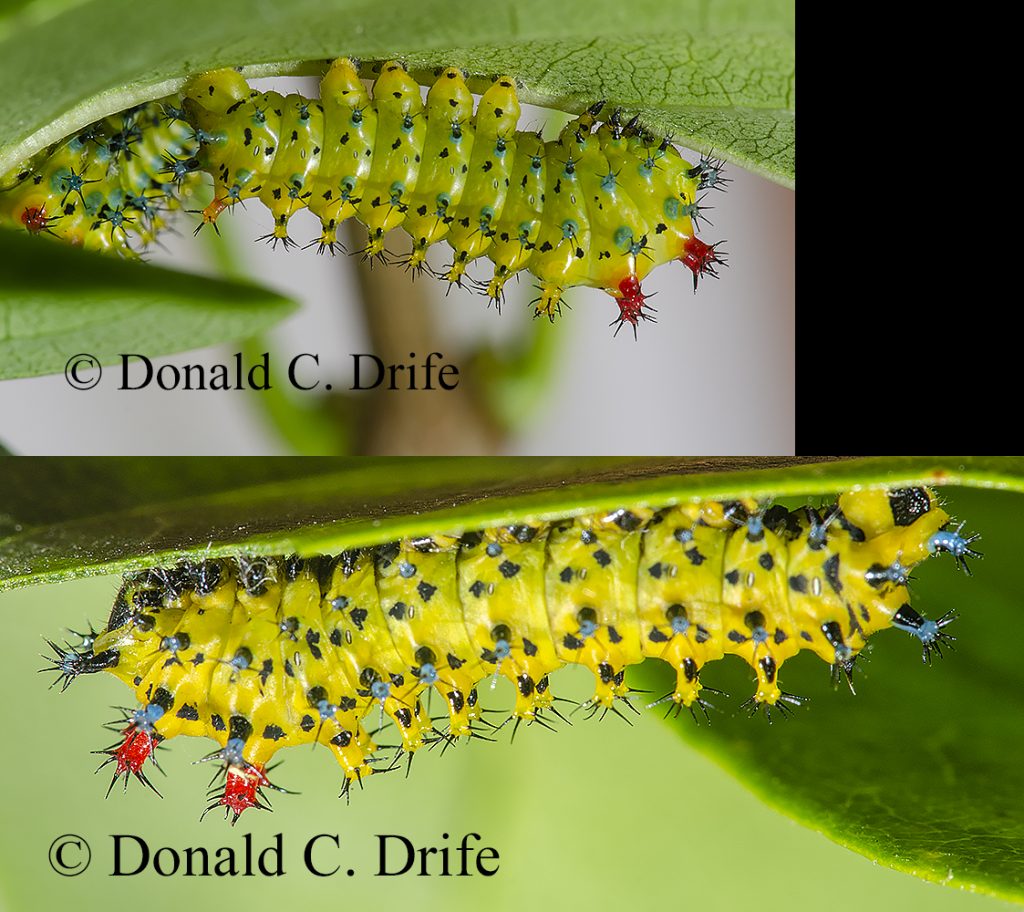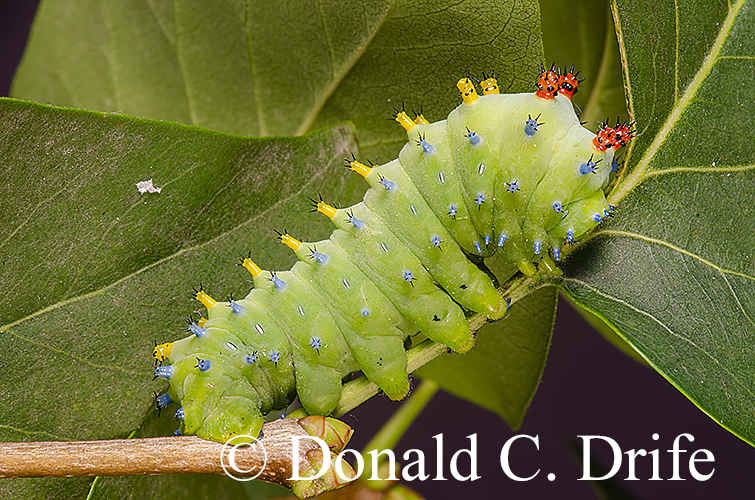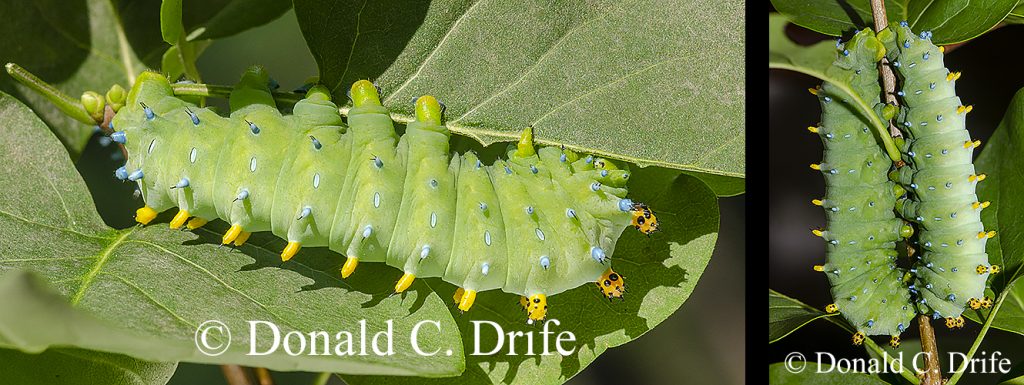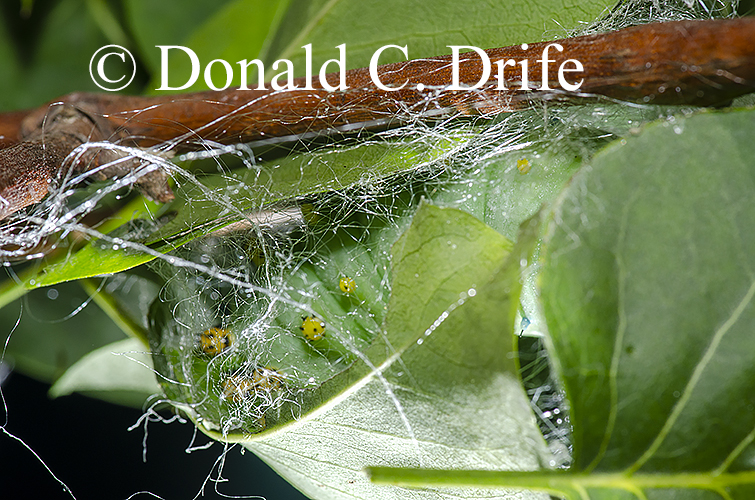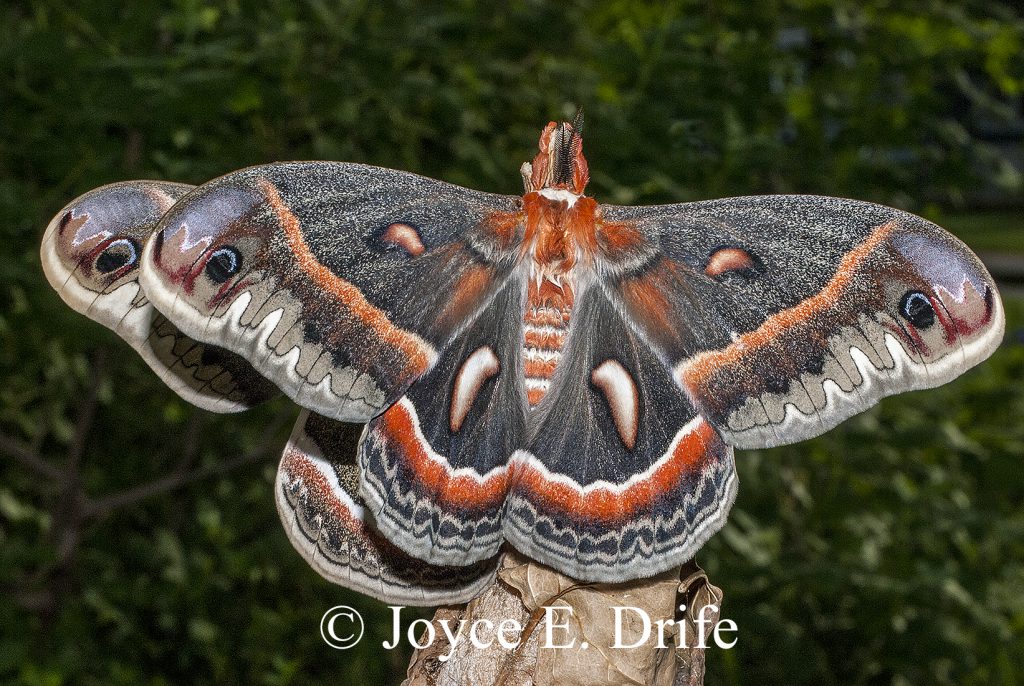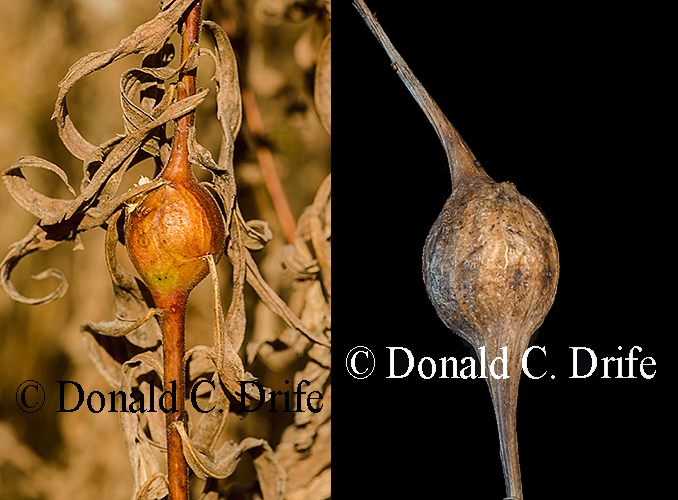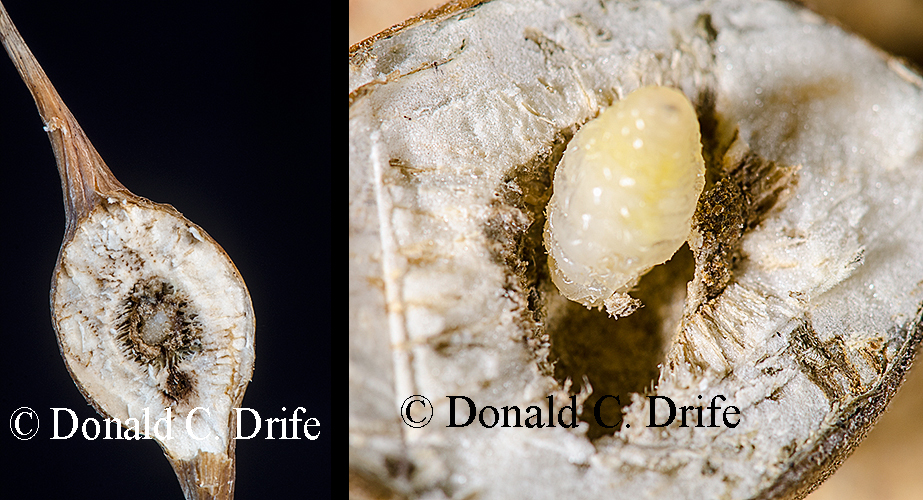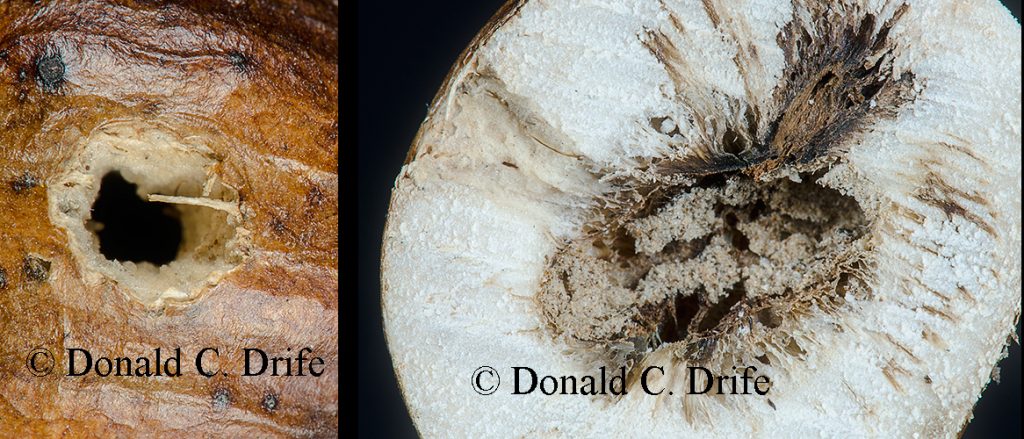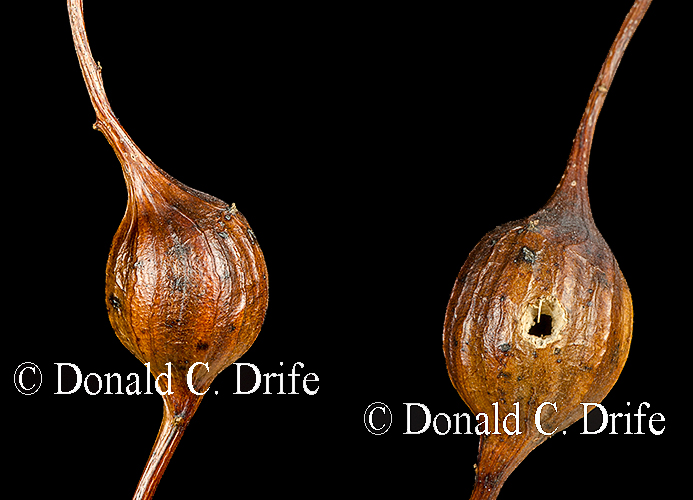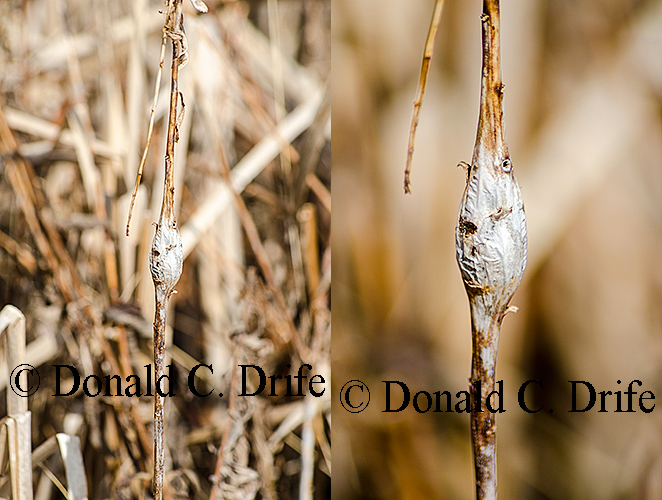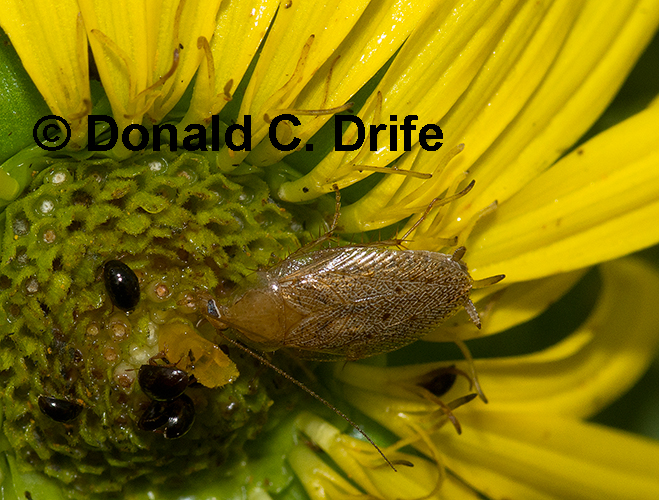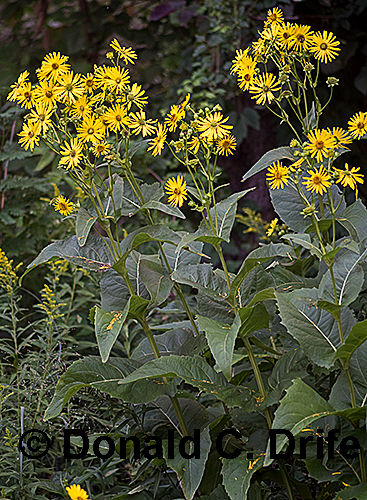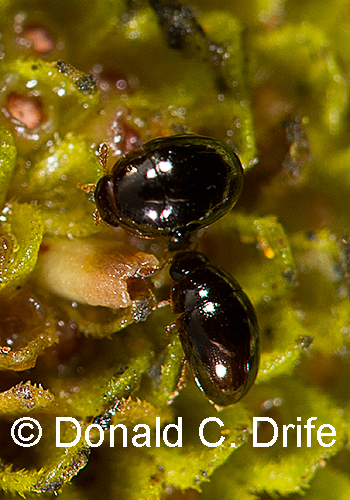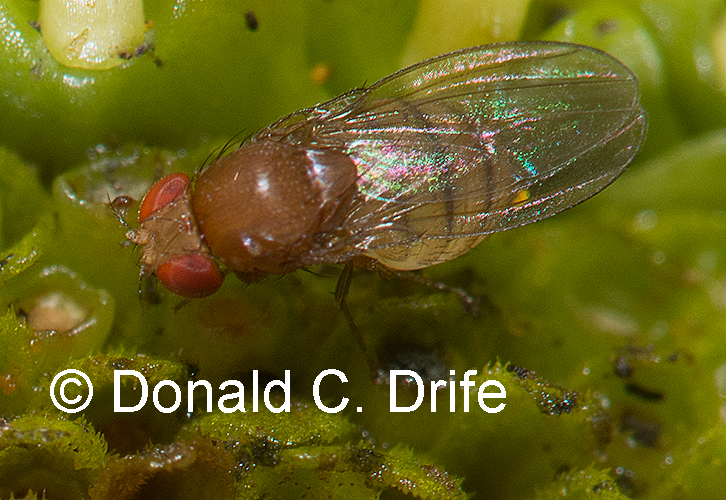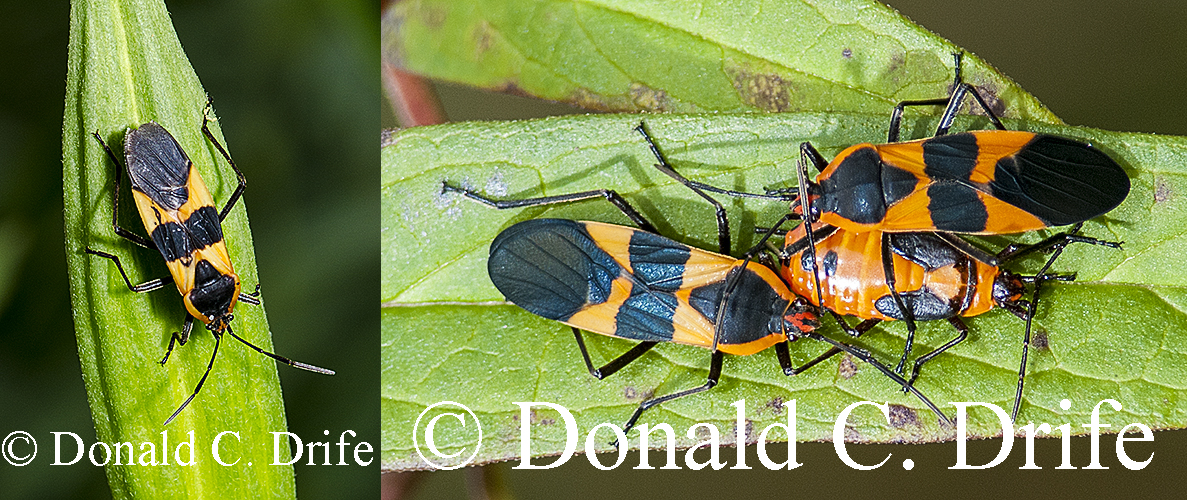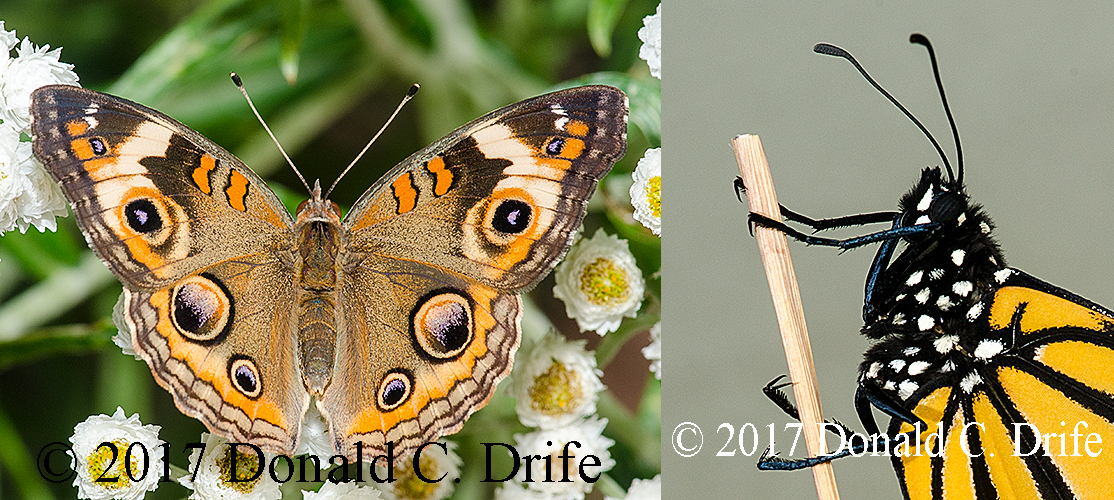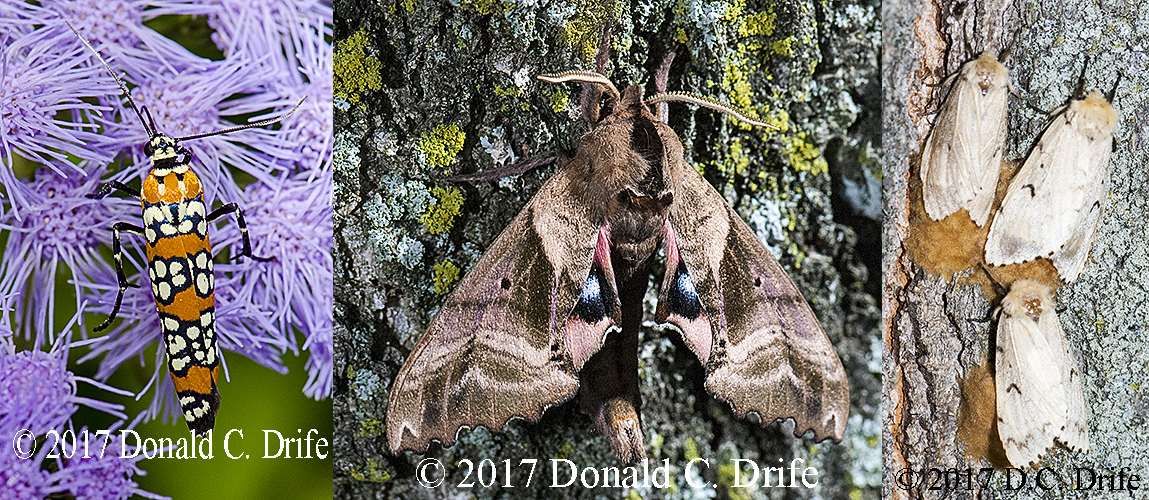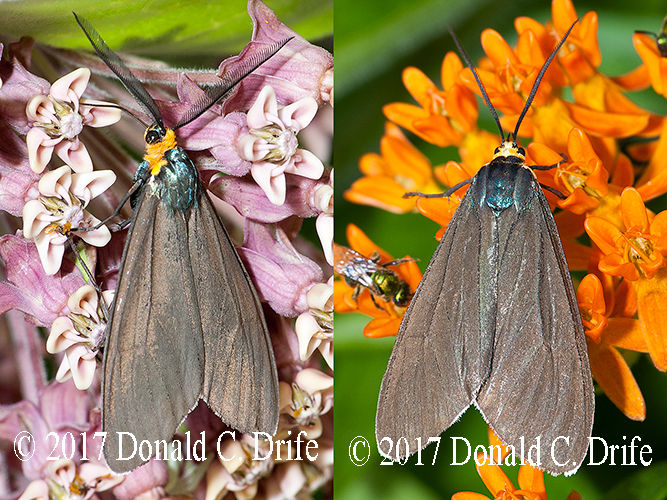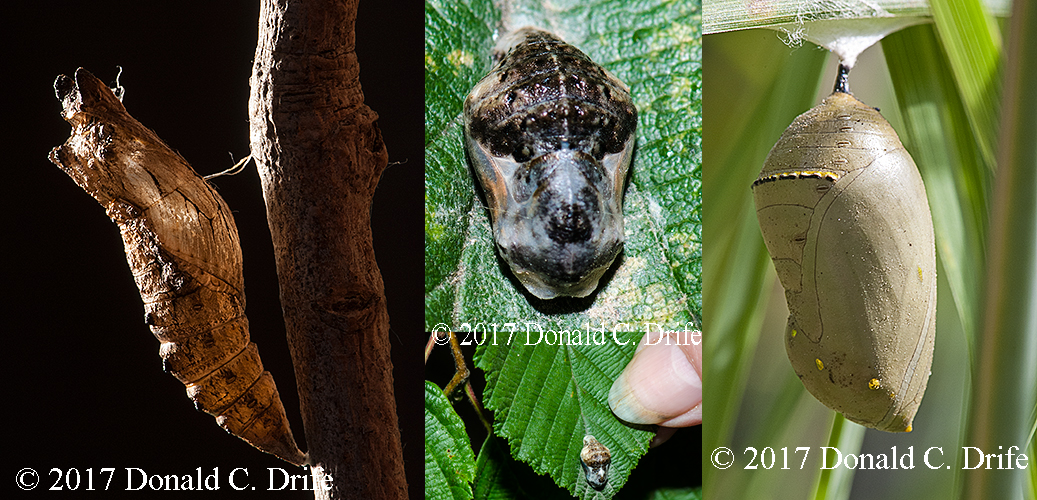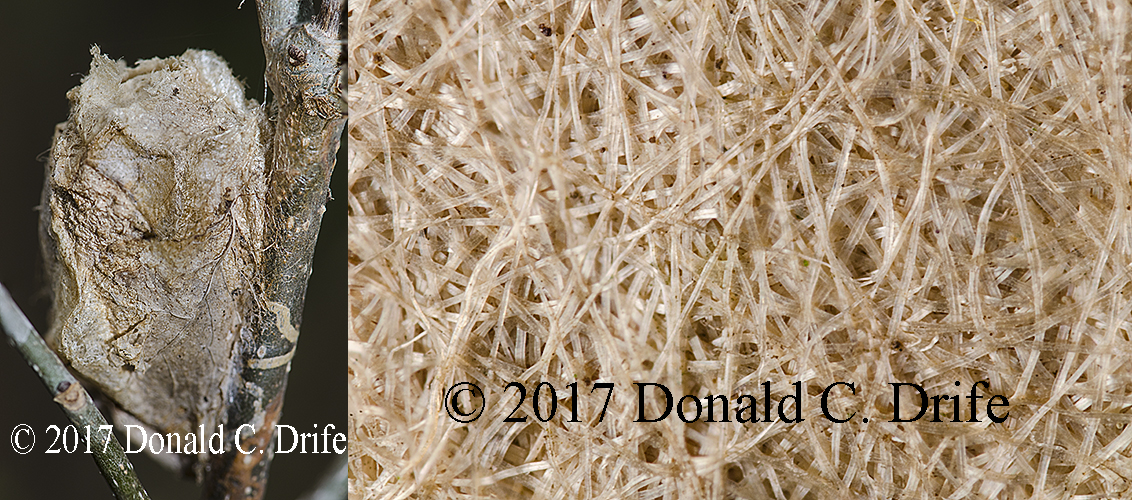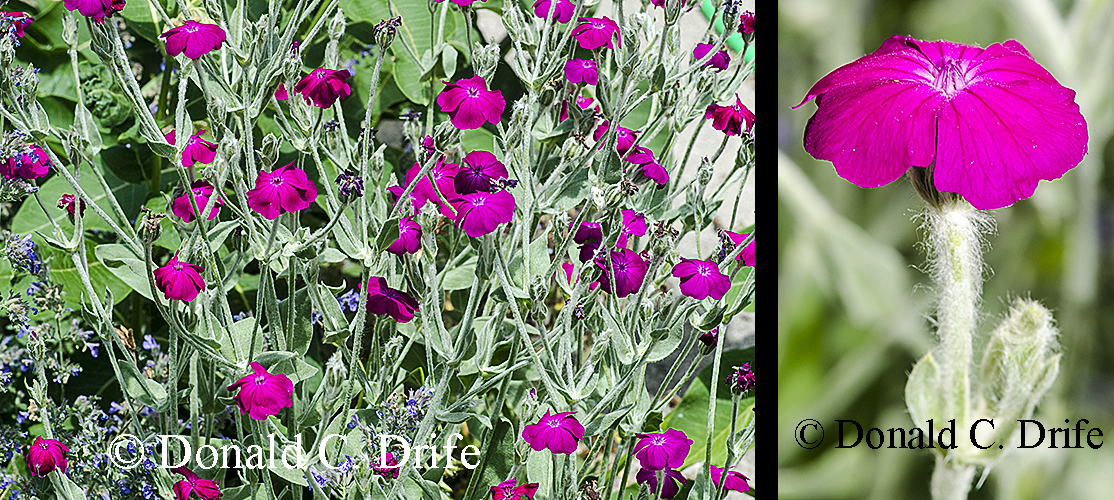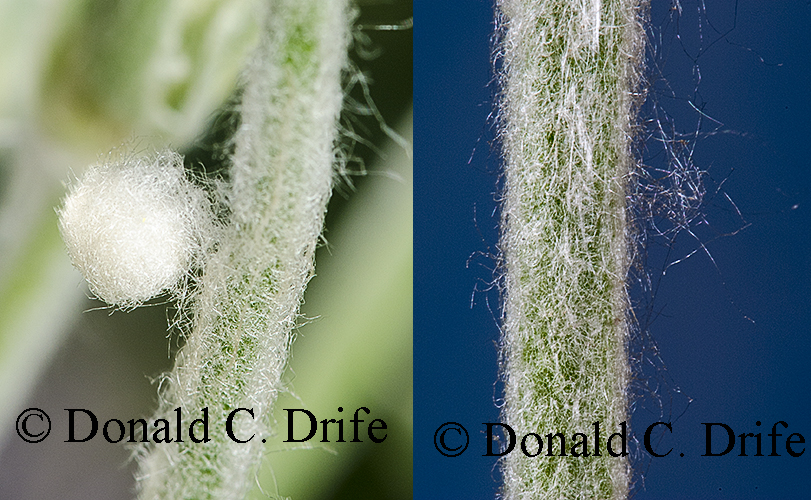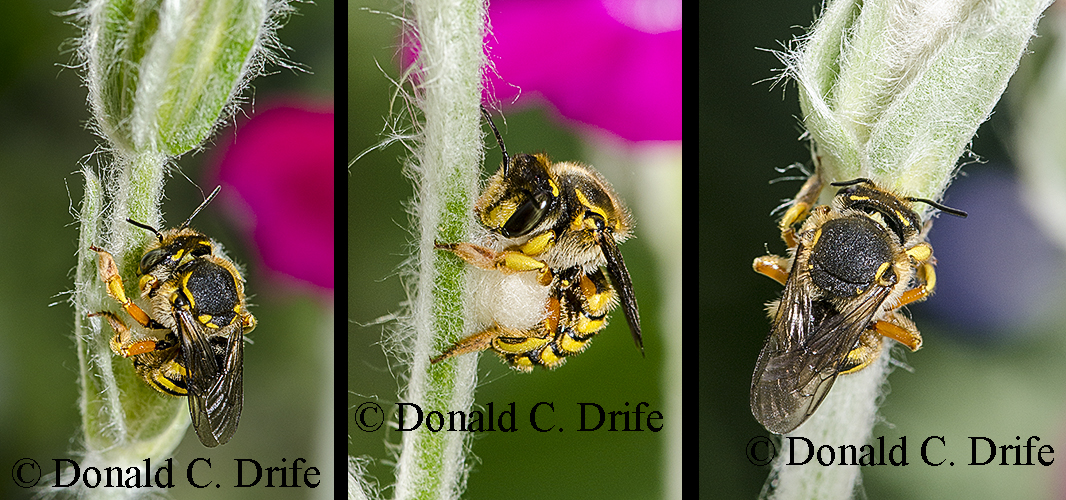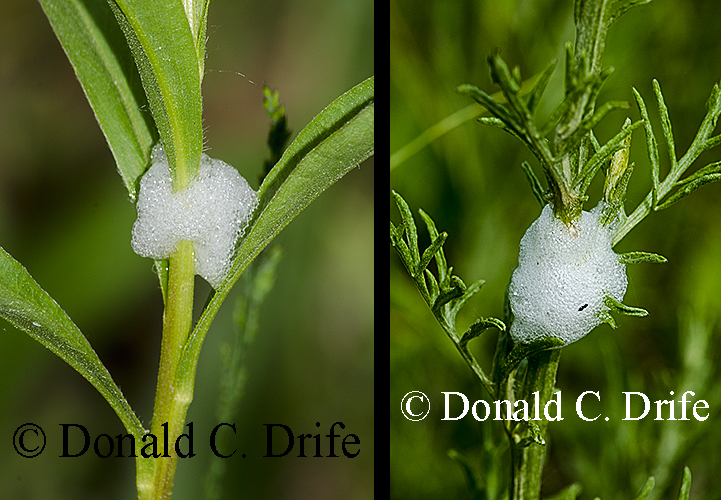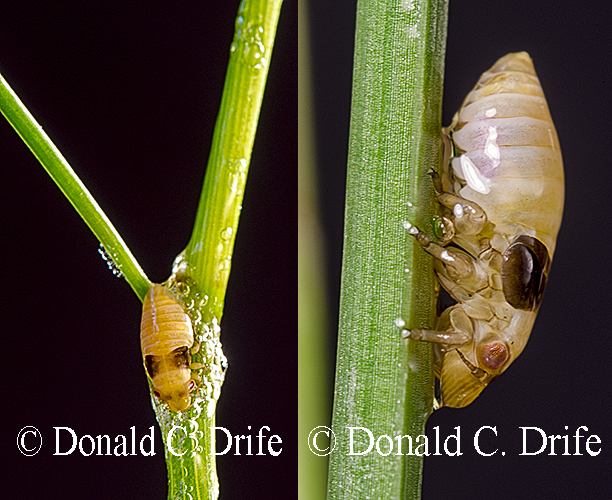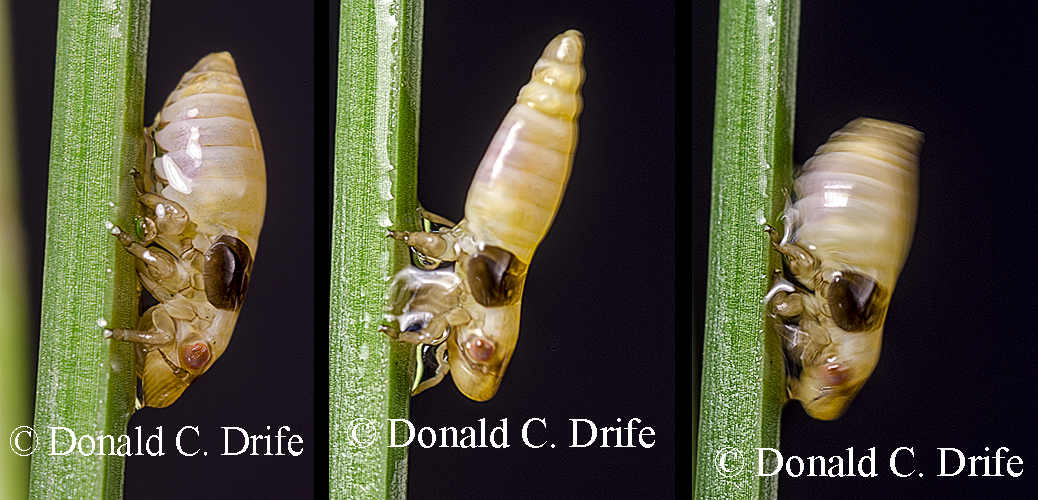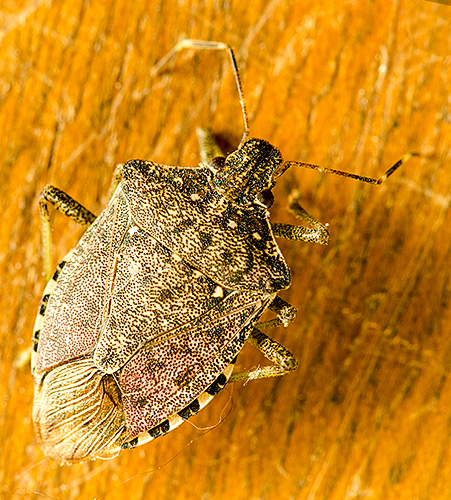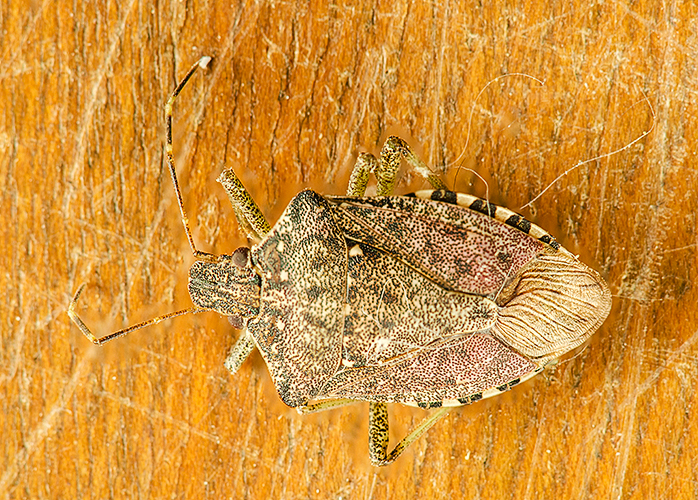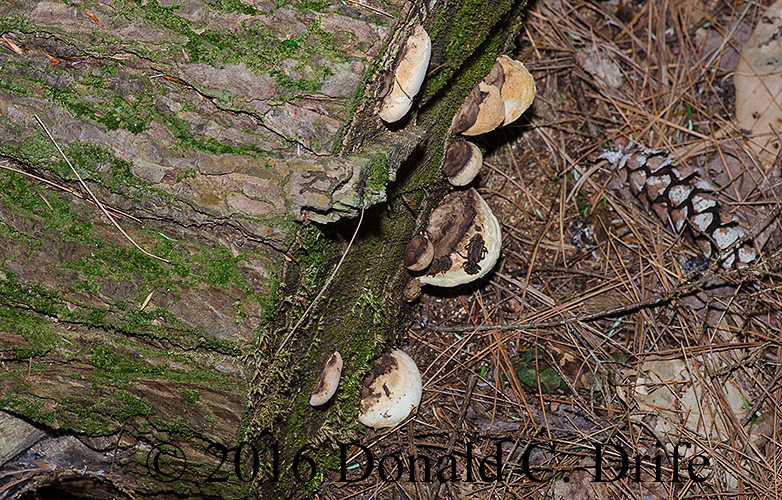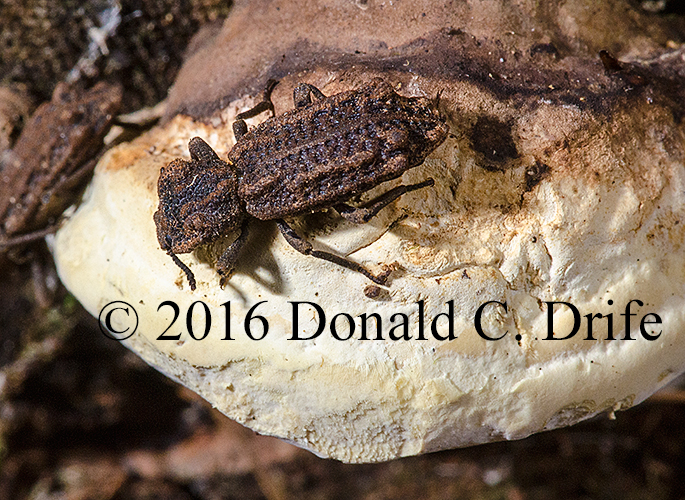Springtime hikes are often wildflower or bird walks, but insects are present and fascinating. While on a field trip with the Michigan Botanical Club to some undeveloped land near Northville, we saw several interesting early season insects.
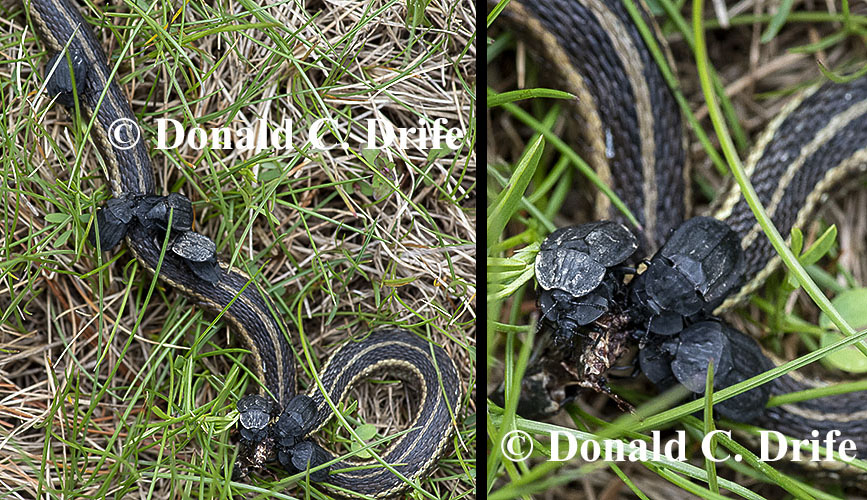
We found a dead Eastern Garter Snake (Thamnophis sirtalis) with a dozen Ridged Carrion Beetles (Oiceoptoma inequale) feeding on it. These beetles are black with a hairy three-ridged elytron. An elytron is a beetle’s leathery forewing, the “back” of a resting beetle. Adult Ridged Carrion Beetles feed during the day, often on snakes but sometimes on fungi. They are active in the spring and early summer.
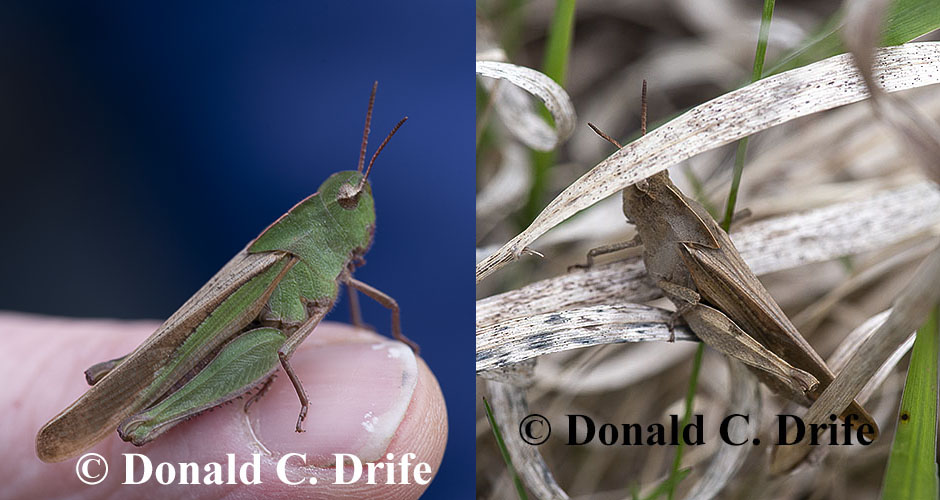
We also found a male and a female Green-striped Grasshopper (Chortophaga viridifasciata). According to Roger Bland’s The Orthoptera of Michigan: Biology, Keys, and Descriptions of Grasshoppers, Katydids, and Crickets it “is often the first adult grasshopper seen” in the spring. This is one of five Michigan grasshoppers that overwinter as nymphs. With a single molt in the spring, these grasshoppers enter the adult phase. Recorded in nearly every Michigan county, it is found in grassy fields, pastures, and untreated lawns. Green-striped Grasshoppers have a rounded face, and the area behind the head is roof-like. Most males are brown and most females are green. A small grasshopper with females up to 38mm [1.5 inch] and males 30mm [1.25 inch] long.
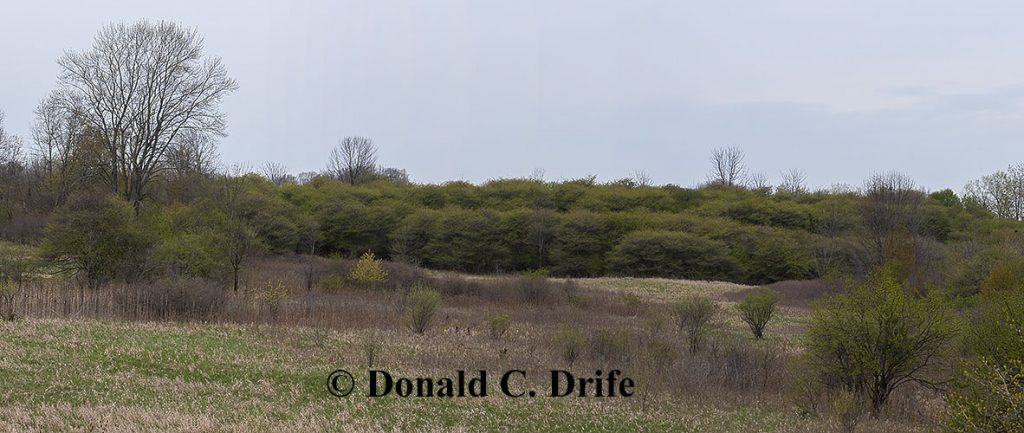
A Hawthorn (Crataegus sp.) grove occupied part of the site. It was unique to see a forest of hawthorn trees, a few 20cm [8 inch] in diameter, with no other species except some Common Buckthorn (Rhamnus cathartica) in the understory. I carefully looked for other plant species but found none.
It is always an adventure to look at an area unknown to me. I never thought I would see an early grasshopper, a carrion beetle, or a hawthorn grove on this trip. I need to get out and experience unfamiliar sights and new sites in the natural world.
Copyright 2021 by Donald Drife
Webpage Michigan Nature Guy
Follow MichiganNatureGuy on Facebook

